8. Volver
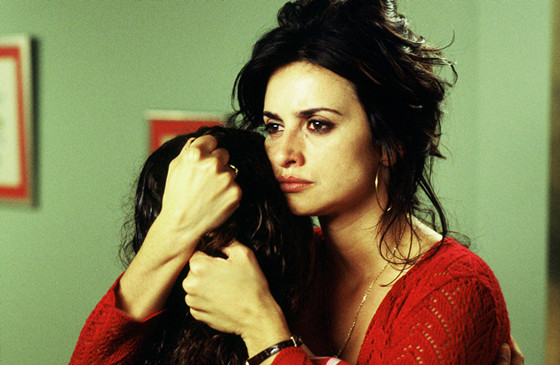
Pedro Almódovar loves red, and Volver is quite possibly the director’s much beautiful work. Red is the primary color here, and it is fully utilized in almost every scene – some of the most memorable being those of Penélope Cruz making Spanish food for a hungry film crew – simple actions such as chopping up a (reliably red) tomato become magical. Every shot is in this film is beautifully composed – bringing out every last color and backing up the story’s rich emotional core with a delicious color palate.
7. Amarcord
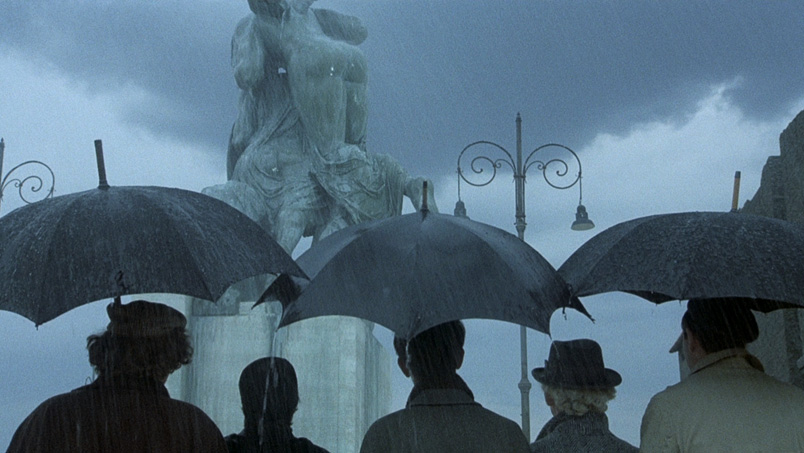
Amarcord is pure cinematic nostalgia; no surprise that the title translates to “to remember”. Federico Fellini’s warm recounting of the coastal Italian town that he grew up in is absurd, kind of sad, and evokes nostalgia so strongly that it may as well be a trip into Fellini’s mind. Amarcord is one of Il Maestro’s most personal and emotionally resonant pieces, as well as one of his most colorful and vivid, with the carnivalesque palette and colors ranging across the spectrum.
As an extra bonus, the film takes place over the course of all four seasons, which adds to the visual and color diversity. Spend two hours in Fellini’s childhood hometown, and it will make sense why he turned out such a brilliant artist.
6. Pierrot le Fou
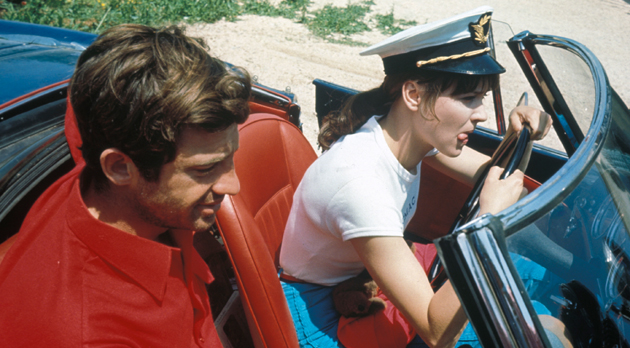
One of Jean-Luc Godard’s most fun and romantic films is found in Pierrot le Fou. Pierrot le Fou was one of Godard’s first films in color, and it was made pretty clear that color he was meant to work with. The New Wave director absolutely went crazy here with the brilliant primary colors – capturing with ingenuity the spirit of the film and the attitudes of the characters. The wonderful visual style of this movie make it a joy to watch, and one of the most memorable and fondly thought-of products of the French New Wave.
5. Big Fish
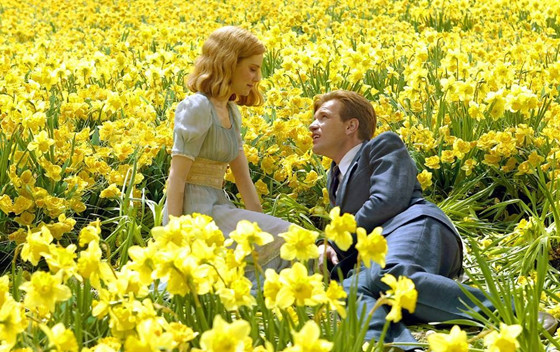
Usually when you think of Tim Burton, you think of darker colors, with the occasional mixing in of bright ones. Like in Batman, which has an almost completely black/grey aesthetic, we havethe Joker, who is a character of the brightest possible colors. Big Fish however, is easily Burton’s most colorful and bright movie, and also one of his best. In fact, Big Fish is somehow very-much-so Tim Burton, while seemingly taking his signature aesthetic and turning it upside down.
One of the most beautiful and creative images in the film is of the main character sitting in a field of yellow flowers waiting for the girl of his dreams. This movie is deep-fried in the magical and surreal, and that is what makes it so special.
4. Amélie
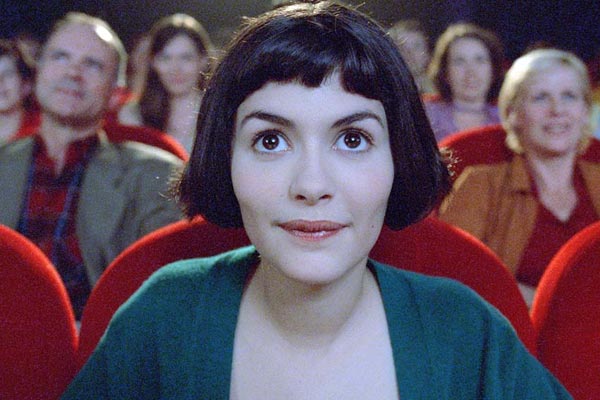
Green. Red. Yellow. These three colors dominate the color scheme of Amélie, and they can certainly be found in every frame of the film. The titular character skipping stones on a pond is a beautiful, green-tinted image in the film, and such wonderful sights populate the world of Amélie.
This movie is one of the best and most interesting visual experiences ever put on film;the charming, quaint, magical feel of the movie has earned it a place as one of the most popular French films ever. The colors are absolutely essential to this unique and instantly likeable love story, and they really leave an impression far after the credits role.
3. Life of Pi

Ang Lee’s Life of Pi is one of the most visually miraculous films of the last decade, at least. Its artful employment of CGI and 3D brought to life some of the most gorgeous and dreamlike images and landscapes that you’ll ever see on film, and this beauty is only accented by the film’s potent themes of spirituality, friendship and storytelling.
The sea has never looked more mysterious and bright than here, and a surreal scene about halfway through the film of massive whale jumping up out of the water at night is one of the most breathtaking images of the film; the whale’s ethereal, glowing, eerie colors really bring out the majesty. The colors are overwhelming in this film, and to call its palette anything less than magnificent would be criminal.
2. Moonrise Kingdom
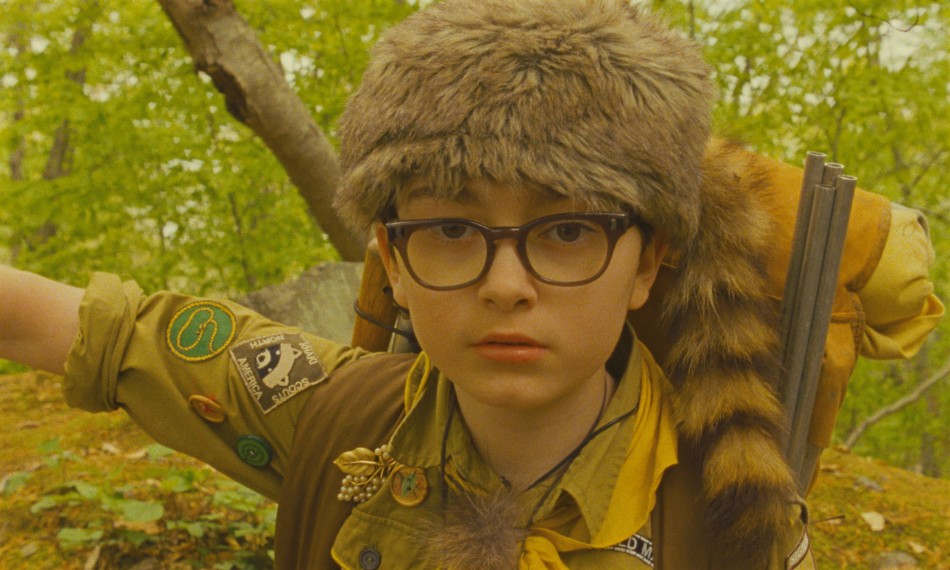
This is really a spot for Wes Anderson movies in general, but we decided that Moonrise Kingdom has the best color palette of them all. Anderson loves colors more than any director working today, and all of his films feature such bright and warm pastel colors that they practically defines them.
The camera work and colors make a Wes Anderson film instantly recognizable, and his cinematic atheistic is beautifully, fearlessly idiosyncratic. Moonrise Kingdom has a very vintage and nostalgic tinge to it, as well as a melancholic undercurrent. It’s a fun and magical adventure, but one that is lined with deeper understandings by the characters, and themes like the loss of innocence. The colors in Moonrise Kingdom are brilliant and serve a true purpose to the storytelling. The khaki scout uniforms and the contrasting hues of Suzy’s suitcases are couple of the many standout images in the film.
1. Three Colors trilogy
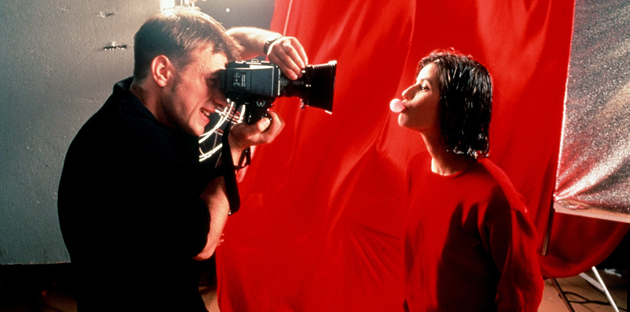
No films have ever better lived up to their titles than Blue, White and Red – the Three Colors trilogy by Krzysztof Kieslowski. It’s as if the director took the idea of making a film based off of a color, and ran with it. Nowhere in cinema will you find a more breathtaking, exhilarating orchestration of colors than in these three films. Red is probably the most powerful of the trilogy, and with literary every shot featuring something red, it is a truly impressive achievement.
The staggering use of the titular colors in their respective films makes for the most stunning and astonishing use of colors in movies. The colors bring out the emotions, define the settings, and just generally make for a visual experience that transcends stimulation and reaches cinematic heights that could ever be reached again. The Three Colors trilogy is one of the finest trilogies in cinema, and a lot of that legacy can be attributed to the marvelous visual accomplishment that these films embody.
Author Bio: Gavin Miller is a cinephile who keeps up the blog Cinefreakdude.tumblr.com as well as a YouTube channel – both dedicated to film criticism and discussion. He is an avid Blu-ray collector as well as the director of two short films – “A Chupacabra Afternoon” and “Coffea arabica” – the later of which is in competition at the Johnson County Community College Film Fest. this year. Gavin is hugely influenced by the works of David Lynch and Kevin Smith, and he models his lifestyle after The Dude from The Big Lebowski.